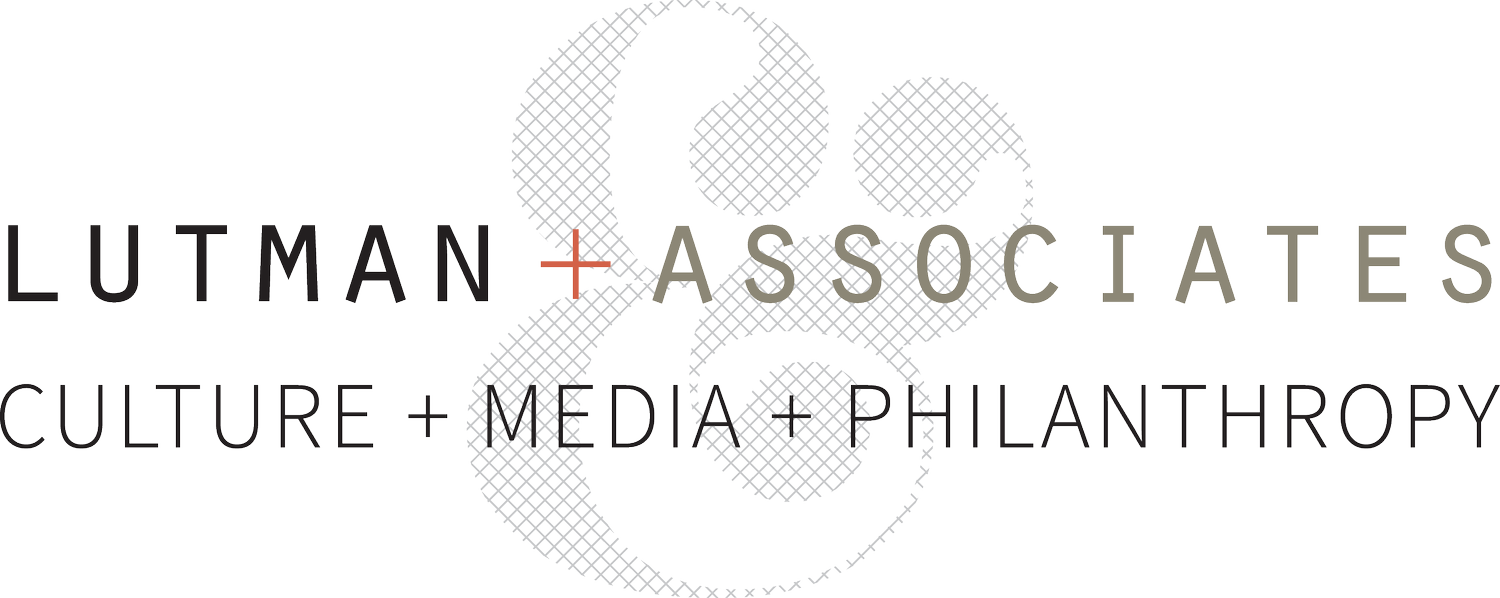Initially published in Twin Cities Business Magazine
You may already know about the resurgence of the J.W. Hulme Co., the St. Paul-based creator of iconic and durable leather bags for more than 100 years. With burgeoning interest in high-quality, locally sourced and beautiful handcrafted products, the company’s purses, briefcases and other artisan leather goods are hot sellers. So hot, in fact, that it’s been difficult to hire enough trained and experienced U.S. craftspeople to make them. Two years ago, then-CEO Jennifer Guarino spearheaded creation of the Makers Coalition, a partnership built initially in the Twin Cities among 16 small manufacturers seeking locally based sewers, the Dunwoody College of Technology and Lifetrack Resources, a St. Paul-based nonprofit with strong programs in employment and economic opportunity.
The Makers Coalition now has another chapter, in Michigan, and Guarino is a VP at Shinola, the Detroit-based manufacturer of hand-sewn, “heritage style” watches, bicycles and leather goods, all requiring the skills of artisan “makers” (individuals whose photos are highlighted on Shinola’s website). Shinola recently opened a shop on Washington Avenue in Minneapolis’ North Loop neighborhood, one of several planned nationally, and news coverage highlighted the brand’s emphasis on “made in America.”
But this isn’t a column about Hulme or Shinola; instead, it’s about ways that innovative collaboration among the sectors can result in new jobs and economic growth. The Makers Coalition is a great example of groups with a shared interest coming together to make good things happen for workers and businesses. And Minnesota could be doing even more to foster these sorts of win-win efforts.
I caught up with Guarino recently and asked about how the coalition has benefited from Minnesota’s robust nonprofit infrastructure. She explained that Makers is not only a coalition of manufacturers but of businesses, community and technical colleges, and nonprofits in the workforce development arena. Let’s look behind the curtain.
With content expertise provided by coalition members, Dunwoody College created a curriculum that trains and certifies new sewers. Dunwoody is the only private nonprofit technical college in the Upper Midwest. Its 1,400 students in 2013 had a job placement rate of 97 percent, demonstrating Dunwoody’s deep expertise in training and development tailored to specific employer needs such as computer technology, automotive repair, welding and robotics. Dunwoody’s $22.6 million in revenue for the year ending June 30, 2013, included about $2.5 million in grants and contributions and another $1.8 million in investment income, some of which is from the endowment bequeathed by the college’s founders. Many students are eligible for scholarship support and leave with jobs that pay well and include benefits.
Another nonprofit involved in the success of the Makers Coalition is Lifetrack Resources. Lifetrack is a multi-service center with programs that link unemployed and underemployed individuals with training and employment opportunities. Lifetrack received funding that provided scholarships for low-income adults to attend the new Dunwoody sewing program. Funding came in particular from the Greater Twin Cities United Way, which provided $75,000 toward the effort.
So far 80 students have graduated from the new sewers’ program. Not all are employed at Makers Coalition businesses; some have become entrepreneurs and sole proprietors. The good news is that not only can these graduates find jobs but also that local businesses can build a pipeline of experienced artisans who someday can manage and lead those businesses. “We needed sewers, but we also needed to feed and build the management pipeline,” says Guarino. “These are people we can train up the line to become leaders in our organizations.” Entry-level jobs at Hulme pay $11 to $18 per hour depending on skill level, far above minimum wage. Pay and benefits grow from there based on tenure and other factors.
Minnesota foundations, our public and private colleges and universities, and Minnesota businesses have bemoaned the weak links between education and training program design, and job availability. What the Makers Coalition proves is that when aligned, these sectors can provide a powerful creative force in the economy. “Industry and education have to be in much more communication,” Guarino says. “It’s really incumbent on us to get together. What we have in this country is not a skills gap, it’s a preparation gap.”
Guarino also pointed to other industries, such as furniture and car manufacturing and tech companies, with similar problems to solve. In Michigan, for example, the new Makers Coalition chapter is forging ties that could help bring auto-upholstering jobs to the United States from overseas. The only thing missing to make such jobs possible for U.S. workers is the conversation, the will and the collaboration to get sectors working together differently.
“As businesses we have to commit to helping education [institutions] teach the skills that we need. The jobs we don’t teach, we will lose,” Guarino says. “The real power is in the togetherness, the coming together of sectors, skills, and expertise” to create jobs and a more competitive economic future for U.S. workers and businesses, she says.
Minnesotans are coming together more frequently to work toward alignment of employer demand and educational offerings. A new foundation-led collaborative, MSPWIN, was launched this year with a mission to “dramatically increase the number of adults earning sustaining wages.” (Disclosure: MSPWIN was a client of Lutman and Associates in 2013.) The Makers Coalition is showing just how effectively the for-profit and not-for-profit sectors can bring their separate but interdependent skills and infrastructure to bear to foster individual and community prosperity. The effectiveness of such efforts will depend on sustained communication and knowledge sharing between employers and educators about the skills that will be needed for our future workforce.
